Washington, DC, US: The Corporation for Public Broadcasting (CPB), the backbone of America’s public radio and television network for nearly six decades, has announced it will wind down its operations following the loss of federal funding. This monumental development signals the end of an era for beloved educational, news, and cultural programming that has long connected communities from coast to coast.
Staff Layoffs and a Transition Timeline
In a statement issued to employees and the public, CPB clarified that the majority of its staff positions will conclude with the close of the fiscal year on September 30, 2025. A small transition team will remain through January 2026 to finalize essential obligations, including sorting out music rights and royalty agreements critical to the broader public media system.
Patricia Harrison, CPB President and CEO, captured the mood:
“Despite the extraordinary efforts of millions of Americans who called, wrote, and petitioned Congress to preserve federal funding for CPB, we now face the difficult reality of closing our operations.”
This announcement comes as a shock to roughly 100 CPB employees and thousands more at NPR, PBS, and over 1,500 public media stations nationwide who rely directly or indirectly on federal support administered by CPB.
How Did We Get Here? The Political Showdown
The CPB’s closure follows the passage of the Rescission Act of 2025, a legislative package pushed by the Trump administration and passed by a narrow margin in both the Senate and House of Representatives. The act rescinded nearly $1.1 billion in pre-approved federal funds destined for public broadcasting for the next two fiscal years. It marks the first time in over 50 years that CPB was excluded from annual appropriations—an unmistakable message from the new Congress.
President Trump, describing public broadcasting as a “monstrosity” with a liberal bias, signaled the push to cut what he and like-minded lawmakers see as excessive government spending. “NO MORE FUNDING FOR NPR, A TOTAL SCAM!” he declared on social media, putting public media squarely in the crosshairs. The Republican-controlled Congress—the first unified government under Trump’s administration—followed through, slashing CPB’s appropriations despite spirited opposition from Democrats and a handful of Republicans.
What This Means for Local Stations and Programming
For decades, the CPB acted as a steady resource distributor, granting over $500 million annually to PBS, NPR, and local outlets. While flagship programs such as PBS NewsHour and NPR’s Morning Edition are expected to survive through alternate funding and donations, the immediate threat looms largest for small and rural stations. These outlets often rely on CPB grants for 30% to 70% of their annual budgets. Many broadcast lifelines—including emergency alerts—are at risk of disappearing from underserved regions that already face “news desert” conditions. Some stations may now be forced to cut programming, lay off staff, or shutter completely.
Katherine Maher, NPR’s president, described the situation as an “irreversible loss,” warning that “if a station doesn’t survive this abrupt change from Congress, a vital thread in our American fabric will be permanently severed.”
The American Response and the Road Ahead
The move to defund public broadcasting has met with strong resistance from the public. Recent surveys showed that a majority of Americans, including both Republicans and Democrats, support federal funding for public media and consider it a good value. In the weeks following the announcement, public radio and television outlets have experienced an increase in private donations. However, these contributions, although sizable, are unlikely to fill the void left by decades of reliable federal funding.
Senator Lisa Murkowski of Alaska, one of only four Republicans who voted against the cuts, voiced the dangers of this policy:
“If you don’t like what’s going on within NPR, you think that there’s too much bias there, we can address that. But you don’t need to gut the entire Corporation for Public Broadcasting.”
A Legacy of Service and Community
Founded in 1967, the Corporation for Public Broadcasting became a central player in nurturing some of America’s most valued programming, from Sesame Street and Mister Rogers’ Neighborhood to acclaimed documentaries by Ken Burns. Like many institutions built for the public good, its existence enabled millions to access culture, news, and education free at the point of need—no matter their zip code.
As the organization prepares for its final chapter, CPB’s leadership thanked supporters, partners, and the nation’s broader public media network for decades of resilience and dedication.
“Public media has been one of the most trusted institutions in American life, delivering educational opportunities, emergency notifications, civil discourse, and cultural connections to every part of the nation,” said Harrison. “We are profoundly grateful for the unwavering commitment to serving the American populace.”
Conclusion
The closure of the Corporation for Public Broadcasting is a watershed moment that will reshape how Americans access independent news, educational resources, and cultural programming for years to come. As CPB winds down by the start of 2026, both its legacy and the future of public media stand as reminders of the choices we make—about the stories we tell ourselves, and how, as a country, we share them.

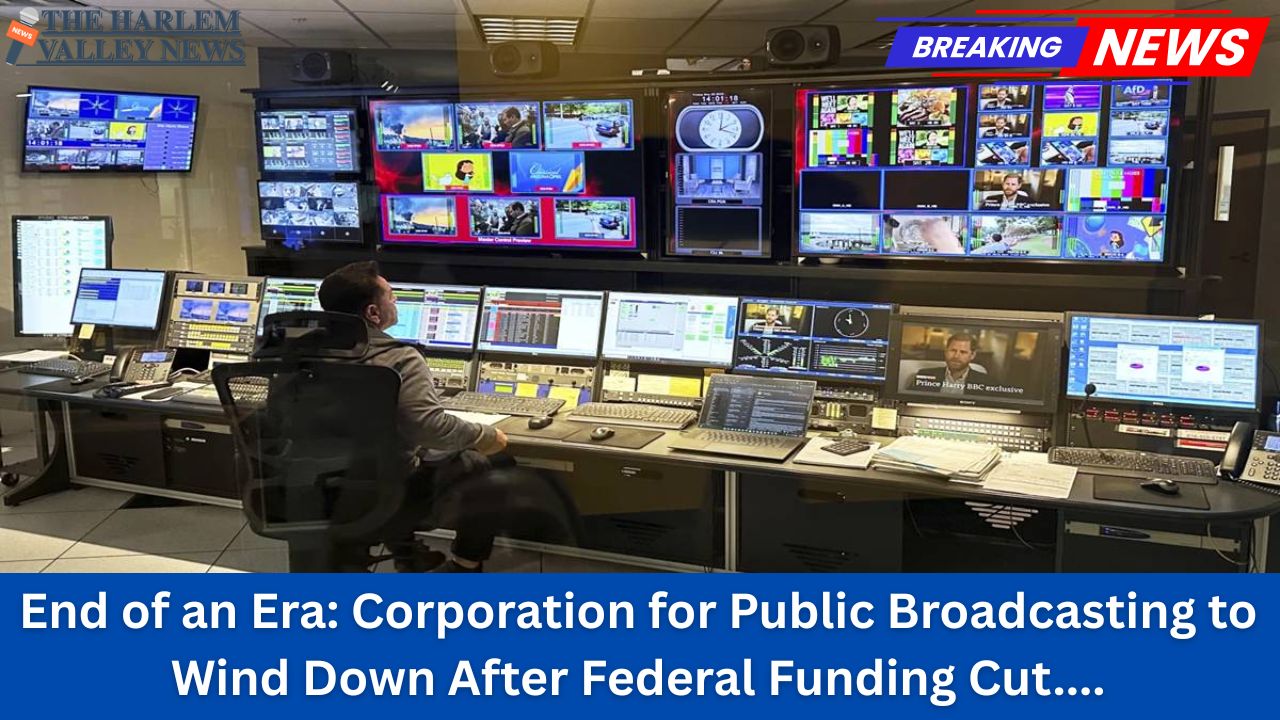
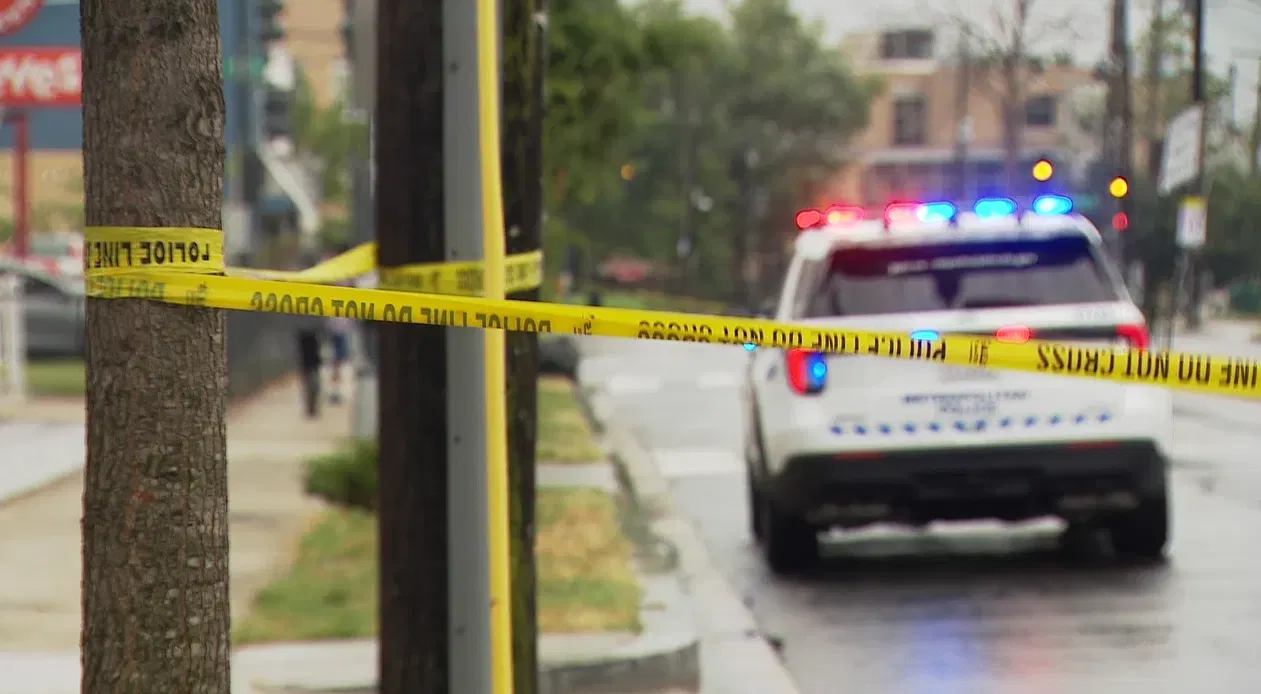

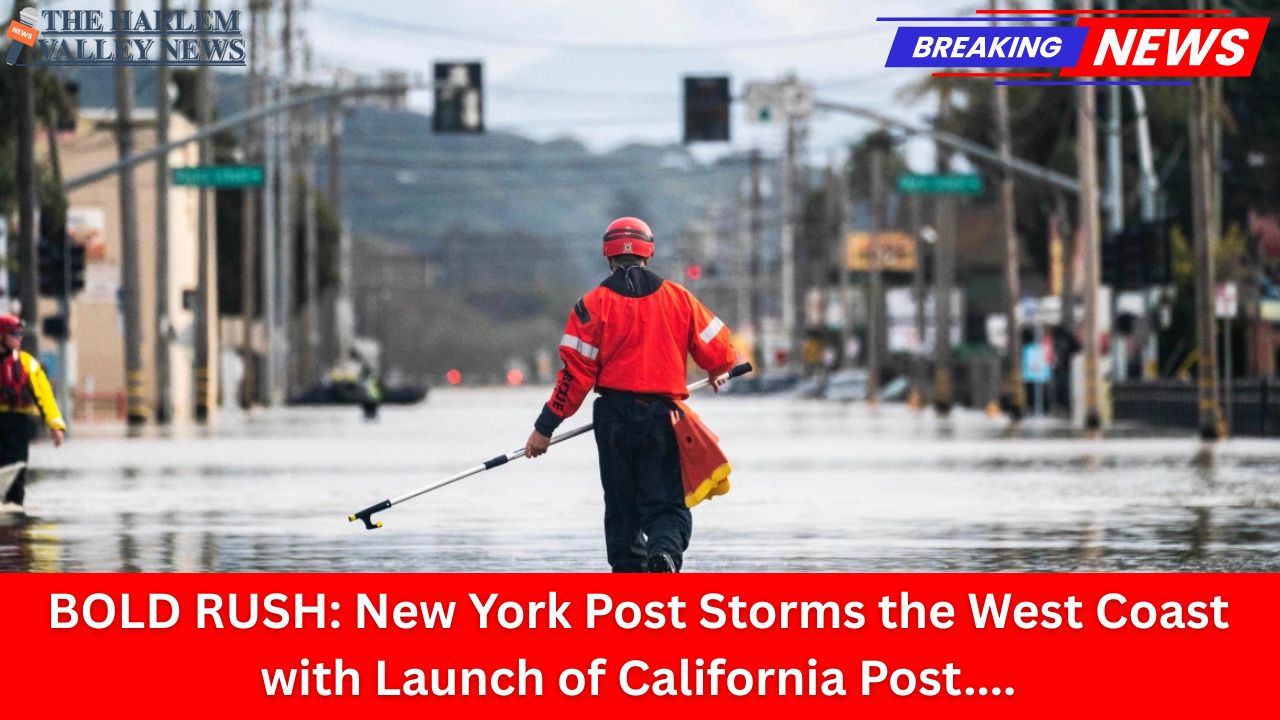





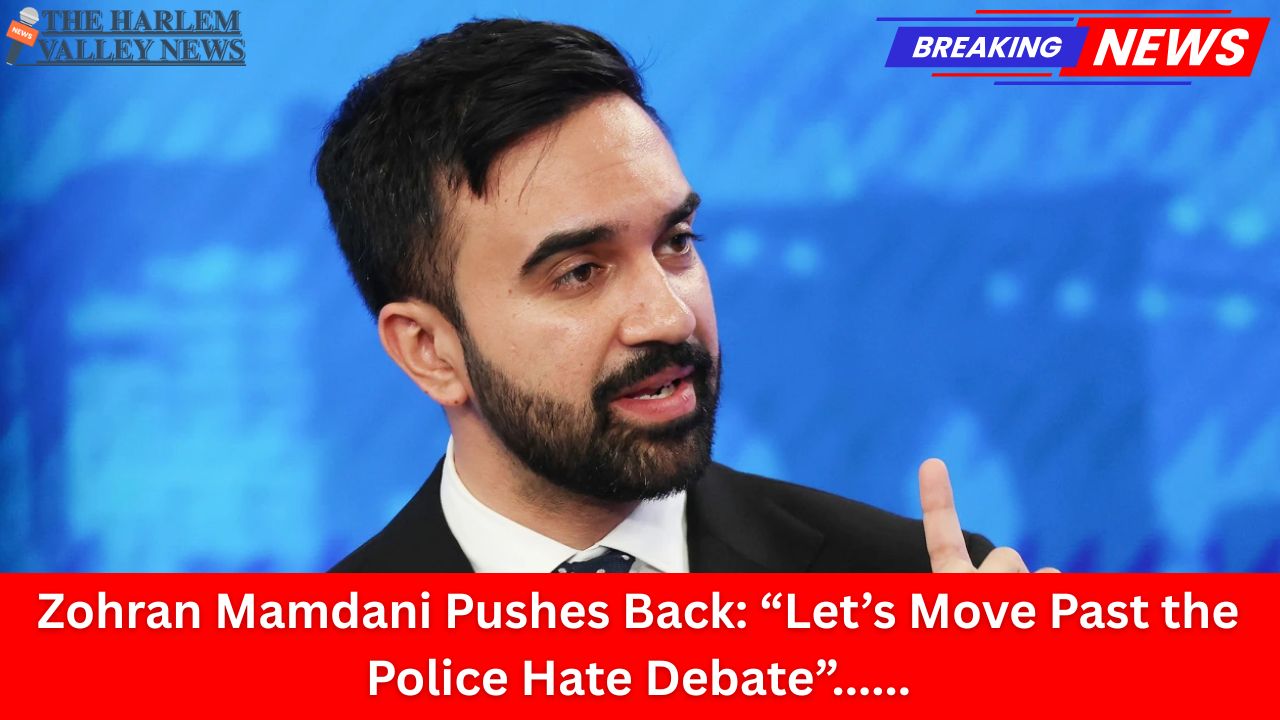


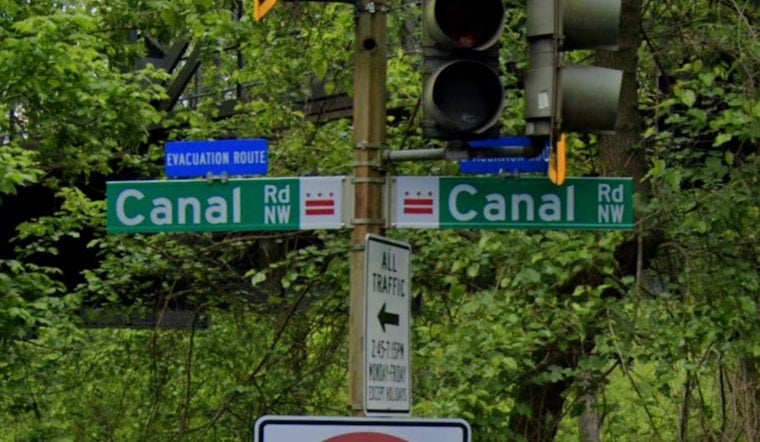
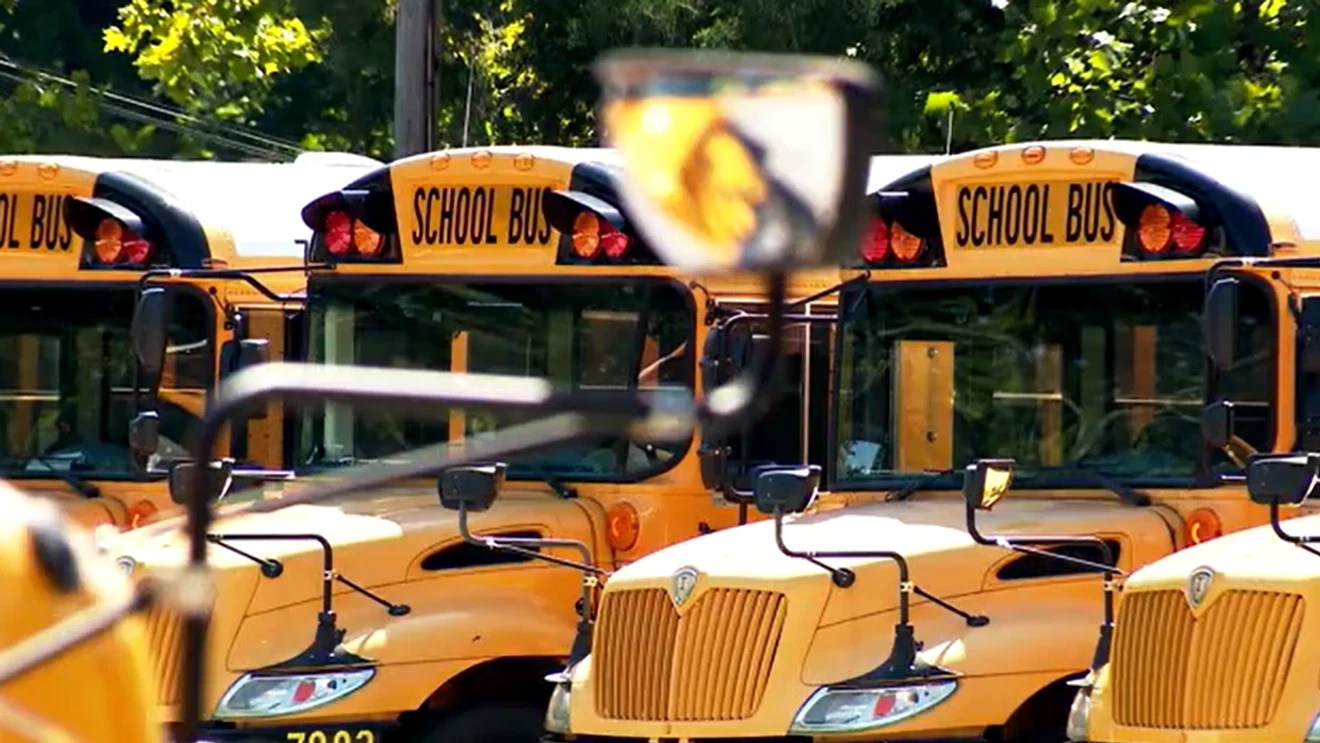

Leave a Reply